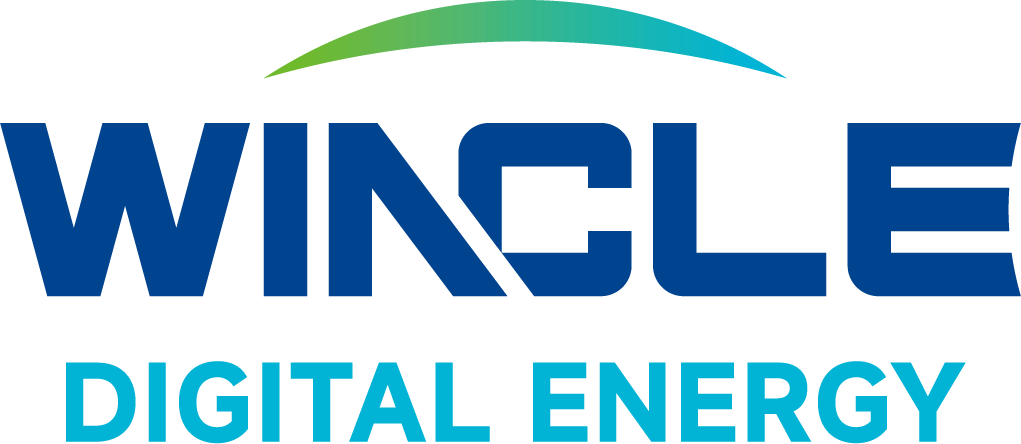Maximize Energy Independence with Residential Solar and Battery Storage: A Comprehensive Guide
Release time:
2025-03-17
Source:
Maximize Energy Independence with Residential Solar and Battery Storage
Table of Contents
- Understanding Energy Independence
- Benefits of Residential Solar Power
- The Role of Battery Storage in Solar Energy Systems
- How Solar Panels Work
- Choosing the Right Battery Storage System
- The Installation Process for Solar and Battery Systems
- Financial Considerations for Residential Solar
- Maintaining Your Solar and Battery System
- The Future of Solar Energy and Battery Storage
- Frequently Asked Questions
Understanding Energy Independence
Energy independence represents a state where consumers can generate their own energy, reducing reliance on external sources. This independence not only fosters sustainability but also enhances resilience against fluctuating energy prices and utility outages. By investing in residential solar and battery storage, homeowners can take meaningful steps toward energy autonomy.
Benefits of Residential Solar Power
The adoption of residential solar power systems comes with a plethora of advantages:
Environmental Impact
Solar energy is a clean and renewable resource, significantly reducing carbon footprints. By utilizing solar power, households can contribute to a healthier environment while decreasing their reliance on fossil fuels.
Financial Savings
With solar panels, homeowners can drastically cut their electricity bills. By generating their own energy, they mitigate the costs associated with purchasing electricity from the grid. Furthermore, many regions offer incentives, such as tax credits and rebates, making solar installations more financially accessible.
Increased Property Value
Homes equipped with solar power systems typically see an increase in property value. Prospective buyers are often willing to pay more for a home that offers energy efficiency and reduced utility costs.
Energy Reliability
Residential solar power provides a reliable energy source, ensuring that homeowners have access to electricity even during outages. This reliability is further enhanced when paired with battery storage systems.
The Role of Battery Storage in Solar Energy Systems
Battery storage is integral to maximizing the benefits of solar energy. These systems store excess energy generated during the day for use during the night or on cloudy days.
Energy Management
Battery systems allow homeowners to manage their energy consumption effectively. By storing surplus energy, they can use it when demand peaks, reducing reliance on grid electricity.
Backup Power
In areas prone to power outages, battery storage serves as a backup power source. Homeowners can maintain essential functions, such as lighting and refrigeration, even when the grid goes down.
How Solar Panels Work
Solar panels convert sunlight into electricity through a process known as the photovoltaic effect. Here’s how it works:
Photovoltaic Cells
Solar panels consist of numerous photovoltaic cells made from silicon. When sunlight strikes these cells, it excites electrons, creating an electric current.
Inverter Functionality
The direct current (DC) produced by solar panels is converted into alternating current (AC) by an inverter, which is the form of electricity used in homes.
Grid Interaction
Excess electricity generated can be fed back into the grid, often resulting in credits for homeowners. This net metering arrangement allows for additional financial savings.
Choosing the Right Battery Storage System
Selecting an appropriate battery storage system is crucial for maximizing energy independence. Here are key considerations:
Battery Type
Lithium-ion batteries are the most common choice due to their efficiency and longevity. However, options like lead-acid and saltwater batteries may also be suitable depending on specific needs.
Capacity and Power Output
It's essential to choose a battery system that meets your household's energy requirements. Assess the battery's capacity (measured in kilowatt-hours) to ensure it can store sufficient energy for your usage patterns.
Integration with Solar Systems
Choose a battery system that integrates seamlessly with your existing or planned solar installation. Compatibility is vital for optimizing performance and ensuring efficient energy management.
The Installation Process for Solar and Battery Systems
Installing solar panels and battery storage is a structured process:
Site Assessment
A professional installer will conduct a site assessment to evaluate your property’s suitability for solar panels. Factors like roof orientation, shading, and local regulations are considered.
System Design
Once the assessment is complete, the installer will design a customized system tailored to your energy needs and property layout.
Permitting and Inspection
Before installation, necessary permits must be obtained. Local authorities often require inspections to ensure compliance with safety and building codes.
Installation
During the installation phase, solar panels are mounted, and battery systems are integrated. This process typically takes one to three days, depending on the complexity of the system.
System Activation
After installation, the system is activated, and the installer will guide you through the operation and maintenance of your solar and battery setup.
Financial Considerations for Residential Solar
Investing in solar and battery storage involves various financial factors:
Initial Costs
The upfront costs of solar panel systems can be significant. However, financing options, such as solar loans and leases, can make these systems more affordable.
Government Incentives
Many governments offer incentives for solar installations, including tax credits, rebates, and grants. Research available programs in your area to maximize savings.
Long-term Savings
While the initial investment may be high, the long-term savings on energy bills often outweigh the costs. Homeowners can expect to recoup their investment in three to seven years, depending on energy usage and local energy rates.
Maintaining Your Solar and Battery System
Proper maintenance is key to ensuring optimal performance of solar and battery systems:
Regular Inspections
Conduct periodic inspections of your solar panels and battery systems to identify any issues early on. Look for debris, dirt, or shading that can impact energy production.
Cleaning
Cleaning solar panels is essential for maintaining efficiency. Dust and debris can block sunlight, reducing energy output. A simple rinse with water is often sufficient.
Battery Maintenance
Monitor the battery's performance regularly. Most modern batteries require minimal maintenance, but it's essential to follow manufacturer recommendations for optimal lifespan.
The Future of Solar Energy and Battery Storage
The landscape of solar energy and battery storage is rapidly evolving. Technological advancements are leading to more efficient solar panels, longer-lasting batteries, and innovative energy management systems. As the demand for renewable energy grows, investments in solar and battery technology will likely continue to expand.
Frequently Asked Questions
1. What is the average lifespan of solar panels?
Most solar panels have a lifespan of 25 to 30 years, with warranties extending up to 25 years.
2. Can I install solar panels myself?
While DIY installations are possible, it's recommended to hire professional installers to ensure compliance with local regulations and optimal system performance.
3. How much energy can I save with solar panels?
Savings vary based on location, system size, and energy usage. Homeowners can save anywhere from 30% to 50% on their electricity bills.
4. Are there financing options for solar systems?
Yes, numerous financing options are available, including solar loans, leases, and power purchase agreements (PPAs).
5. How do I know if my roof is suitable for solar panels?
A qualified installer can assess your roof's orientation, slope, and shading to determine its suitability for solar panels.
Conclusion
Maximizing energy independence through residential solar and battery storage is a transformative step towards a sustainable future. By understanding the benefits, installation processes, and financial implications, homeowners can make informed decisions that not only enhance their energy autonomy but also contribute to a cleaner environment. As technology continues to evolve, the potential for solar energy and battery storage remains promising, paving the way for a more resilient energy landscape.
residential solar with battery storage
latest news












